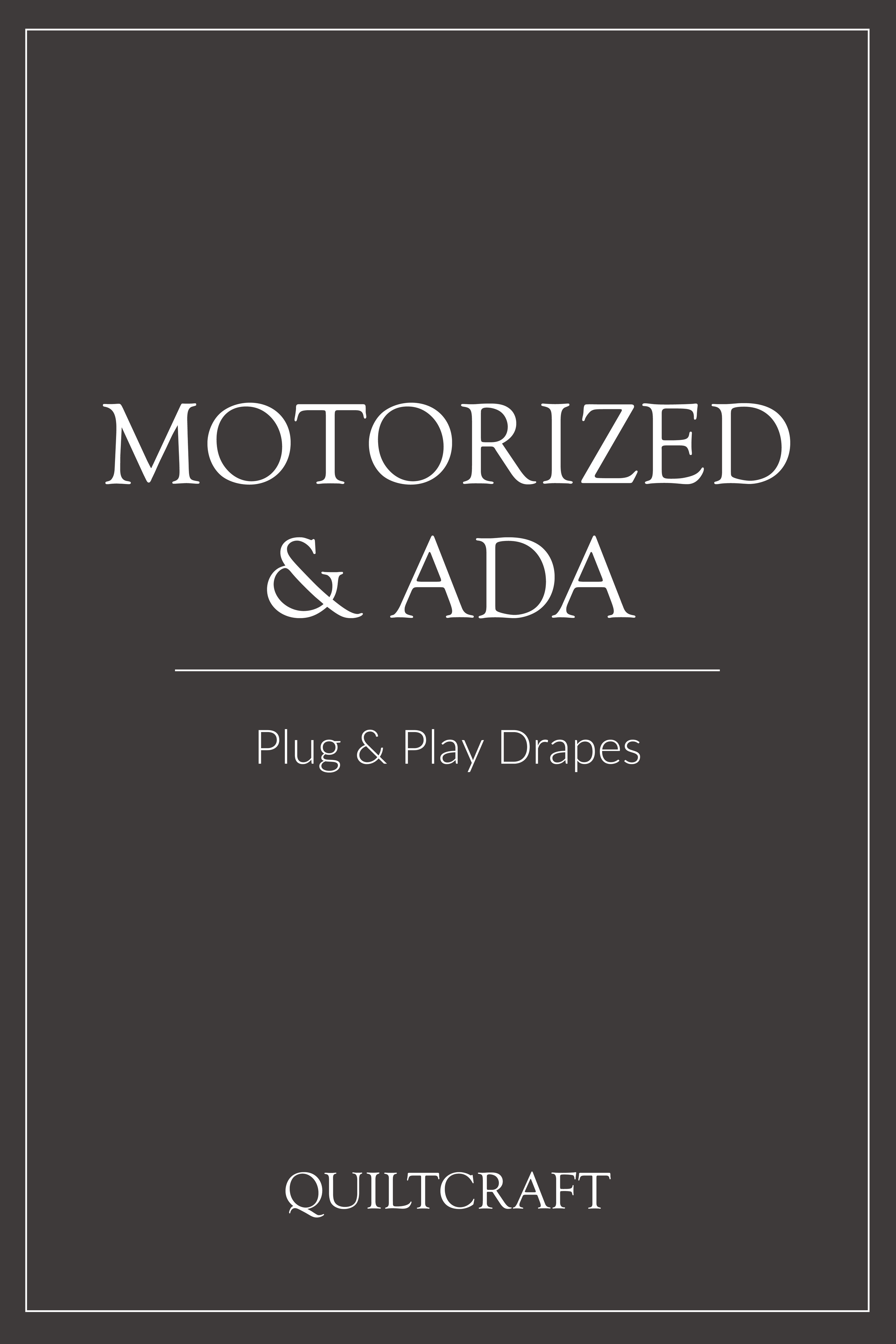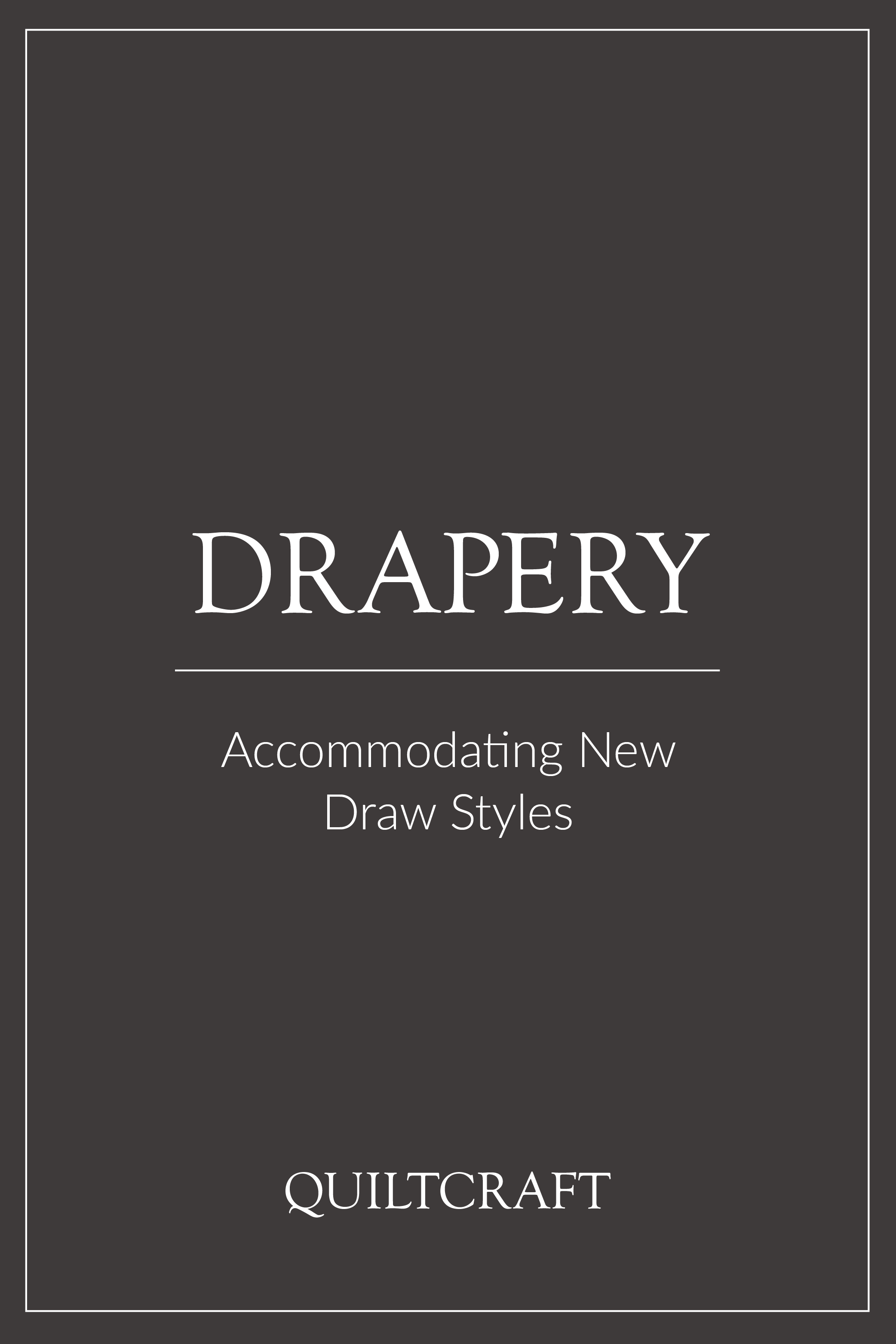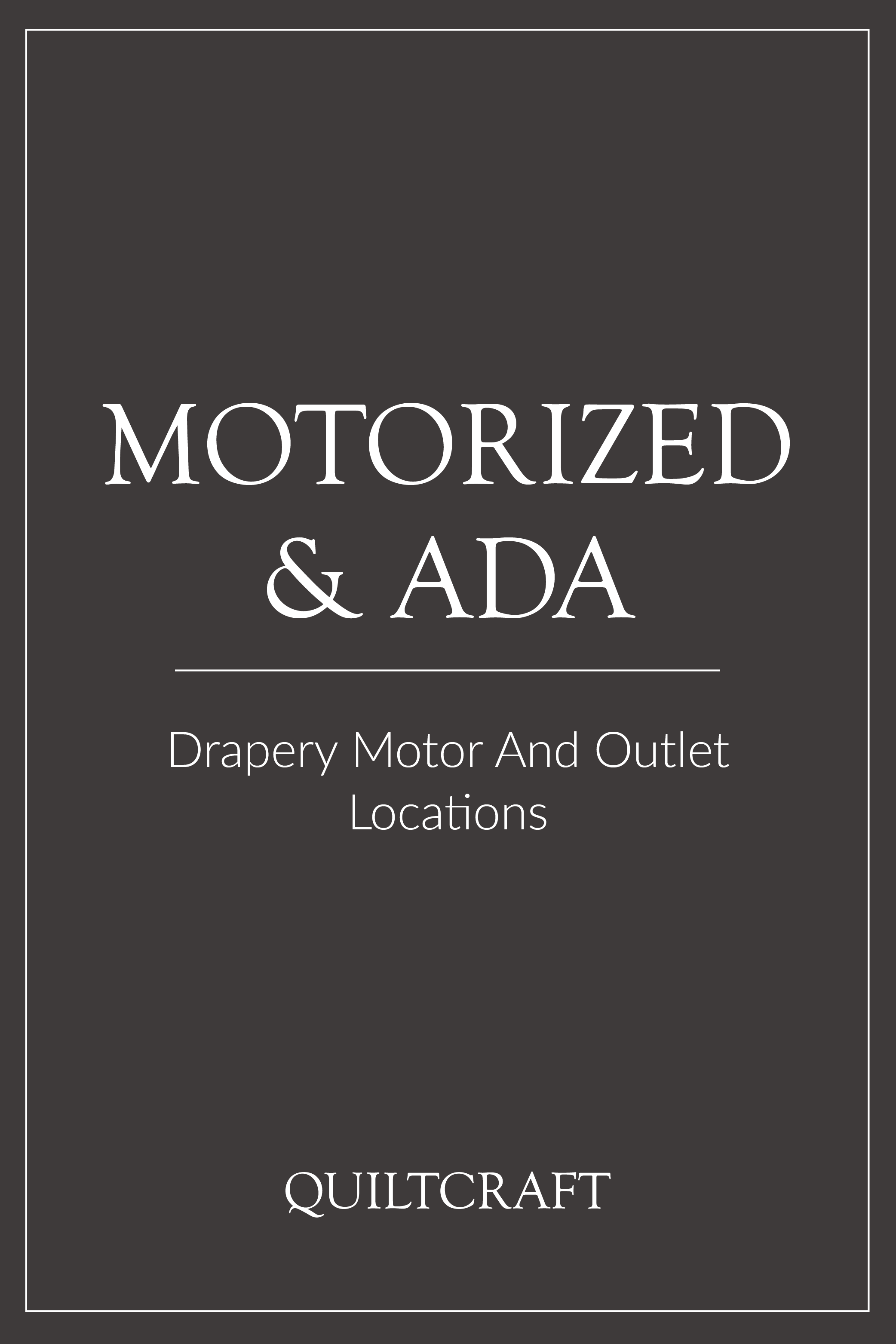Ripplefold vs. Pinch Pleat
A majority of the time in the industry, designers and hotel owners are choosing between Ripplefold and Pinch Pleat drapery for their guestroom treatments. A majority of the time, those same individuals are coming to us asking for “the skinny” on what is a better pleat style for their property. That answer can vary based upon a number of factors (cost, practicality, durability, hardware, style, etc.).
Our answer, is that they are both great and here's why…
These two pleat styles are the most common for a reason. But comparatively they are very different. The usual questions that we get are along the lines of… What exactly is the difference in them—production wise, price wise and design wise?
Here’s a simple pro/con list that may help next time you’re working on a project.
Ripplefold
A Ripplefold drape is a single continuous panel produced with snaps sewed into the top hem. The ‘pleat’ in this drape actually comes from the way the snaps connect with the hardware. As the ripplefold drape is snapped into the hardware it creates an undulating wave pattern. Price wise, ripplefold will be about 20% more expensive due to the hardware and installation cost.
Pros:
Refined complex look
Middle ground pricing
A printed image on a fabric looks really good because it is produced on a flat treatment
Cons:
Drapery hangs below the hardware, therefore it is not concealed unless a top treatment is used (read "Can I use Ripplefold Drapery and not see the Hardware?" for further information)
May take extra time adjusting the way the folds/pleats of the drapery fall
Its length cannot be adjusted at all once produced
Pinch Pleat Fullness
Pinch Pleat drapery, also called French Pleat, is the simplest pleat and the most used across the hospitality industry. Created by gathering 3 folds of fabric every 'x' amount of inches and tacking them together 4" from the top, this produces a small flare at the very top and a looser pleat running down the front. A drapery hook is placed behind each gathered pleat which hooks into the hardware. Pinch pleat tends to be the most popular choice because it is the least expensive option per foot.
Pros:
Traditional look
The pin location can be adjusted (slightly lower or higher) upon installation
The drapery hangs in front of the hardware, hiding the drapery track
Cons:
May not be considered an interesting or unique look, because it has become so common
If a fabric has a printed image, it will be distorted by the gathered pleats
Want more information on Ripplefold vs. Pinch Pleat? Check out our post called, 'Pinch Pleat vs. Ripplefold Fullness - In Pictures' to see small examples of drapery treatments. Make sure to download our Pleat Style Resource card by clicking the button below for a quick and easy printable resource to keep at your desk.
You can also watch our video showing the difference on the hardware!
Explore More Drapery Related Resources




















